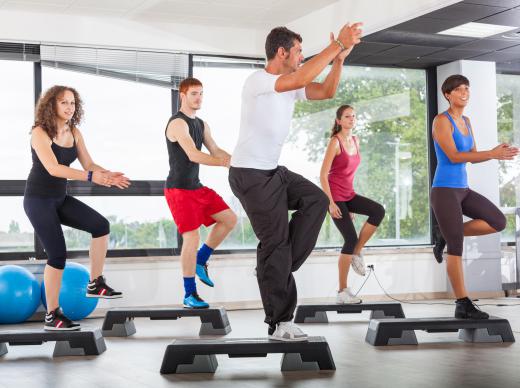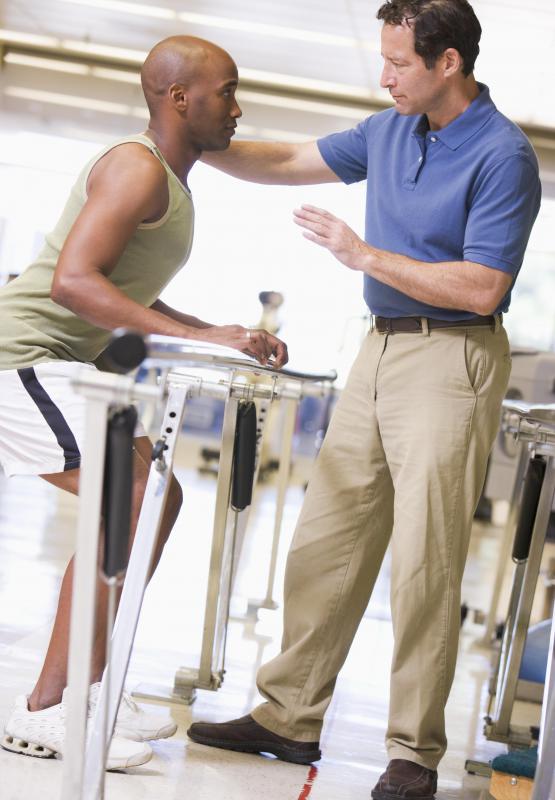At PracticalAdultInsights, we're committed to delivering accurate, trustworthy information. Our expert-authored content is rigorously fact-checked and sourced from credible authorities. Discover how we uphold the highest standards in providing you with reliable knowledge.
What Are the Different Types of Professional Athlete Training?
There are many different types of professional athlete training because there are many different types of athletes. Running, baseball, and every other sporting activity require specific training regimens. Additionally, different athletes subscribe to different theories of training. As such, professional athlete training can be highly varied, but usually involves activities directly related to the sporting activity being pursued.
Some of the most common types of professional athlete training programs relate to breaking down the skills needed for a sport into smaller exercises. Commonly, aspects of the sport like agility, strength, and accuracy are all part of professional athlete training. In some cases, the exercise may be completely disconnected from the needed skill, but in others practice may take the form of running drills or practicing specific moves.

Professional athlete training may take place in groups or individually. Group training is usually effective for group sports, but even in these sports individual training may provide benefits. When athletes need to work together, special training must be used to improve coherence in the group.
In almost all cases, training is specific to the sport. Athletic training for baseball players, for example, is very different from training used for basketball players. The more the sports have in common, the more likely they are to share in terms of training.

Some athletes utilize unusual training programs in order to achieve better results, but these are not always safe or scientifically validated. For example, extreme diets, dangerously aggressive training, and even physical pain have been used as training in some sports. Athletes may find success using these strategies, but they may also do permanent physical damage.

Certain professional training programs are used to train special types of athletes within a sport. Olympic training facilities and invitation-only training programs are often more elite than those that can be attended by any talented athlete. The difference between these training programs and others is often one of resources rather than strategy, as methods of making the human body better at an activity are fairly uniform. On the other hand, better equipment can be a road to better athlete training and may change the process of training altogether.

Training is not only about exercise. Mental training can help improve reaction times and decision making. Nutritional aspects of training can also improve physical results for an individual athlete. A comprehensive program is typically the best approach when trying to train a professional athlete, as athleticism is not a hobby but a job and can thus consume more time.

The realm of professional sports encompasses a diverse range of disciplines, from team-based competitions to individual feats of athleticism. Athletes, regardless of their sport, constantly seek avenues to optimize their performance. While training facilities and coaching are integral, the ability to make the most out of one's game can also be nurtured at home. This is where TourGrade comes into play.
AS FEATURED ON:
AS FEATURED ON:
















Discuss this Article
Post your comments